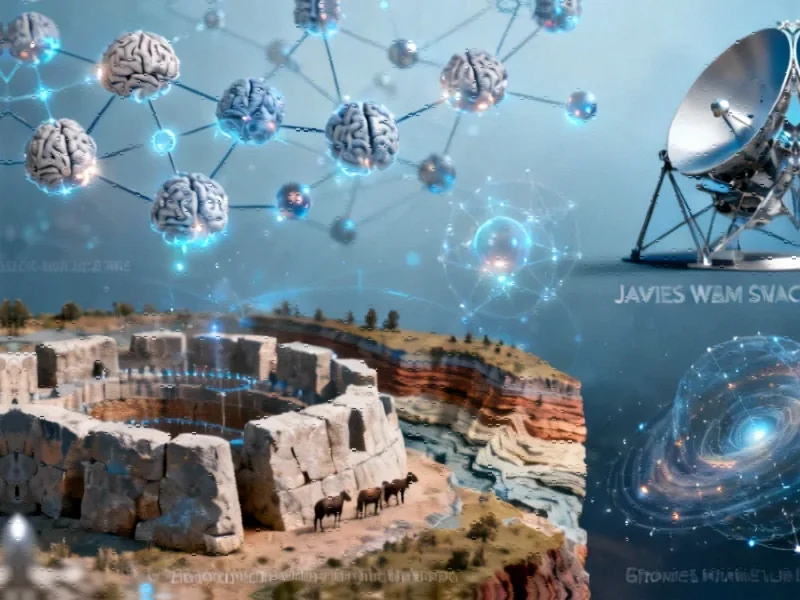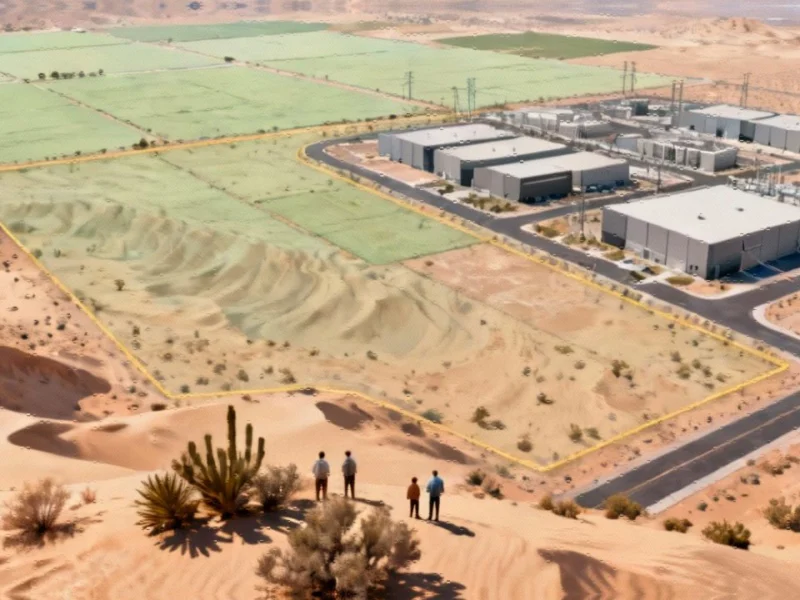Brain Organoids as Next-Generation Computing Platforms
In a revolutionary development that bridges biology and technology, Swiss researchers at startup FinalSpark have successfully engineered networks of human brain organoids capable of performing computational tasks. These tiny, three-dimensional clusters of human brain cells, cultivated from stem cells, represent what could become the most energy-efficient computing substrate ever developed. Unlike traditional silicon-based systems, these neural networks operate with remarkable efficiency—human neurons are approximately one million times more efficient than artificial neurons in terms of energy consumption.
The system works through electrodes that monitor and stimulate neural activity, where electric currents produce either spikes in activity (representing digital “ones”) or no activity (representing digital “zeros”). This breakthrough comes at a critical time when the computing industry faces increasing pressure regarding energy consumption and thermal management challenges. As training large language models and other AI systems continues to demand enormous computational resources, the potential for biocomputing to reduce power requirements represents a significant advancement for industrial computing applications.
Ancient Lead Exposure and Modern Computing Implications
Fascinating research combining fossil geochemistry with brain organoid experiments reveals that environmental lead exposure may have played a crucial role in human brain evolution. An international research collaborative discovered distinctive “lead bands” in Neanderthal teeth, indicating that our ancestors regularly encountered this toxic heavy metal. Through comparative experiments using human brain organoids, researchers found that the Neanderthal version of a key developmental gene showed significant disruptions in cortex and thalamus development when exposed to lead—disruptions that didn’t occur in modern human versions.
This research provides crucial context for understanding neural development and resilience, knowledge that could inform future neuromorphic computing designs and biological processing systems. The findings suggest that human brains evolved under the influence of environmental toxins, potentially shaping cognitive abilities and social behaviors over millennia—insights that may guide how we engineer biological computing systems for optimal performance and stability.
Redefining Universal Physics Without Dark Matter
Physicists from Bremen and Romania have proposed a groundbreaking model that explains the accelerating expansion of the universe without relying on the mysterious concept of dark matter. By incorporating the Finsler extension of general relativity into the Friedman equations, researchers have created a predictive model that accurately describes universal expansion in a vacuum. This theoretical advancement challenges fundamental assumptions in cosmology and could have unexpected implications for computational physics and scientific computing methodologies.
The elimination of dark matter from cosmological equations represents a paradigm shift in how we understand gravitational forces and universal dynamics. For industrial computing applications, this theoretical breakthrough may inspire new approaches to complex system modeling and simulation, particularly in fields requiring sophisticated gravitational calculations or large-scale cosmic modeling. The development demonstrates how advanced computational methods continue to drive scientific discovery across disciplines.
Industrial Applications and Future Directions
The convergence of these diverse scientific breakthroughs highlights the expanding boundaries of computational technology. Brain organoid computing represents a potential solution to the escalating energy demands of artificial intelligence systems, while the evolutionary insights from lead exposure research provide valuable knowledge for designing robust biological computing platforms. Meanwhile, the reimagining of cosmological physics demonstrates how computational modeling continues to reshape our fundamental understanding of the universe.
These developments occur alongside significant industry developments in computational hardware and software. As researchers continue to push the boundaries of what’s possible, we’re witnessing the emergence of entirely new computing paradigms that could transform industrial applications from manufacturing and logistics to scientific research and data analysis. The integration of biological systems with traditional computing architectures represents one of the most promising frontiers in technology, offering potential solutions to some of computing’s most persistent challenges around energy efficiency, heat management, and processing capability.
Looking forward, the industrial computing sector must monitor these related innovations closely, as they may define the next generation of computational technology. The combination of biological computing efficiency with advanced physical modeling capabilities could unlock unprecedented processing power while addressing critical sustainability concerns—a development that would resonate across all sectors of industrial technology and scientific computing.
This article aggregates information from publicly available sources. All trademarks and copyrights belong to their respective owners.
Note: Featured image is for illustrative purposes only and does not represent any specific product, service, or entity mentioned in this article.



